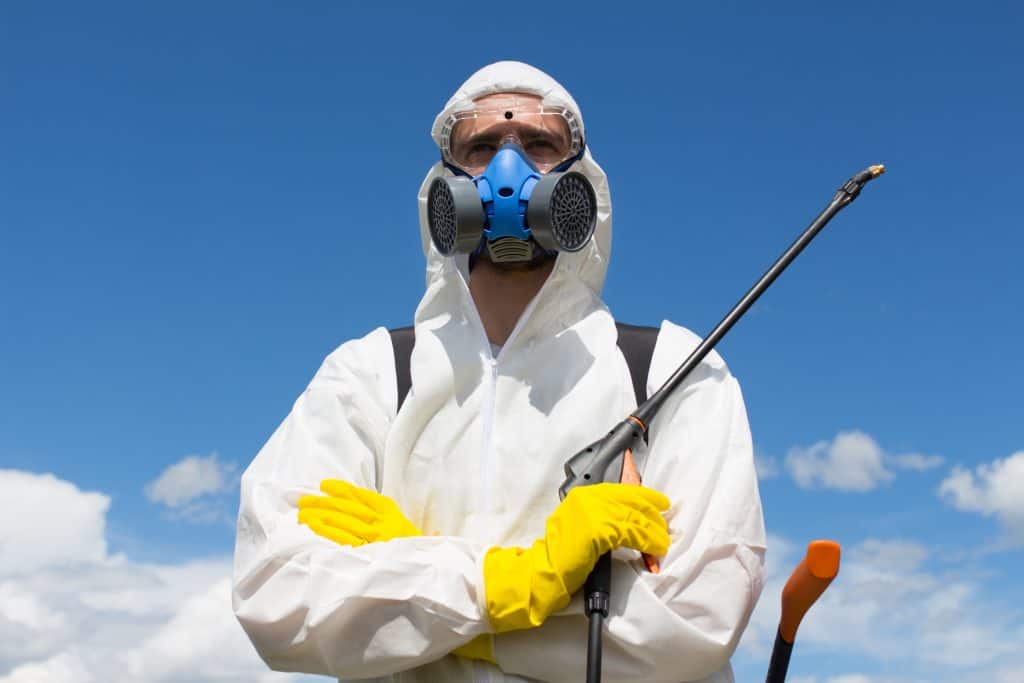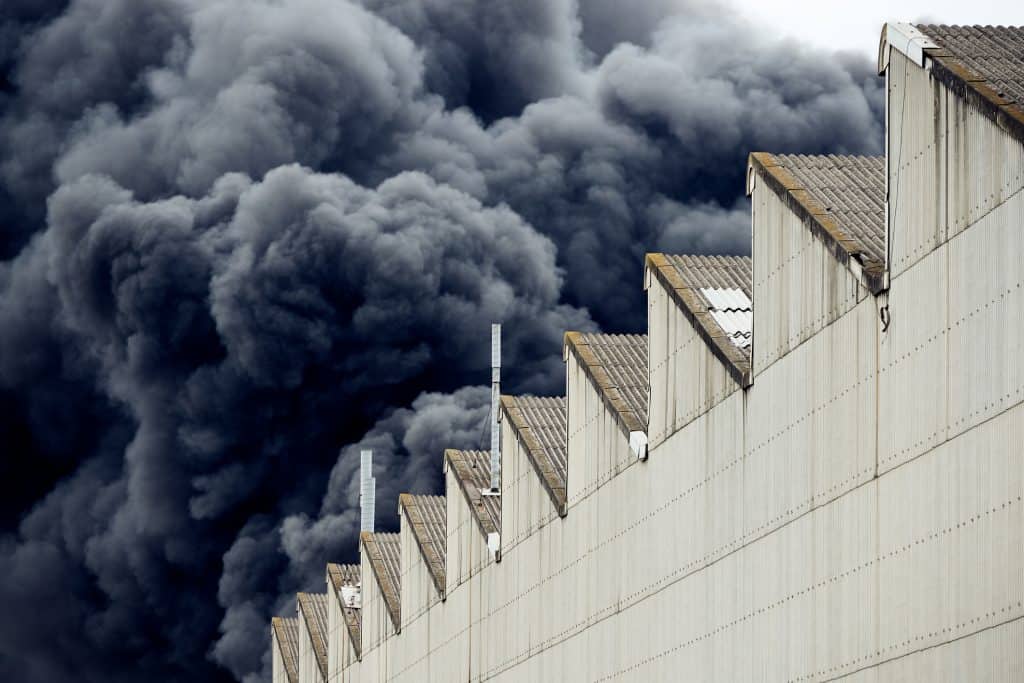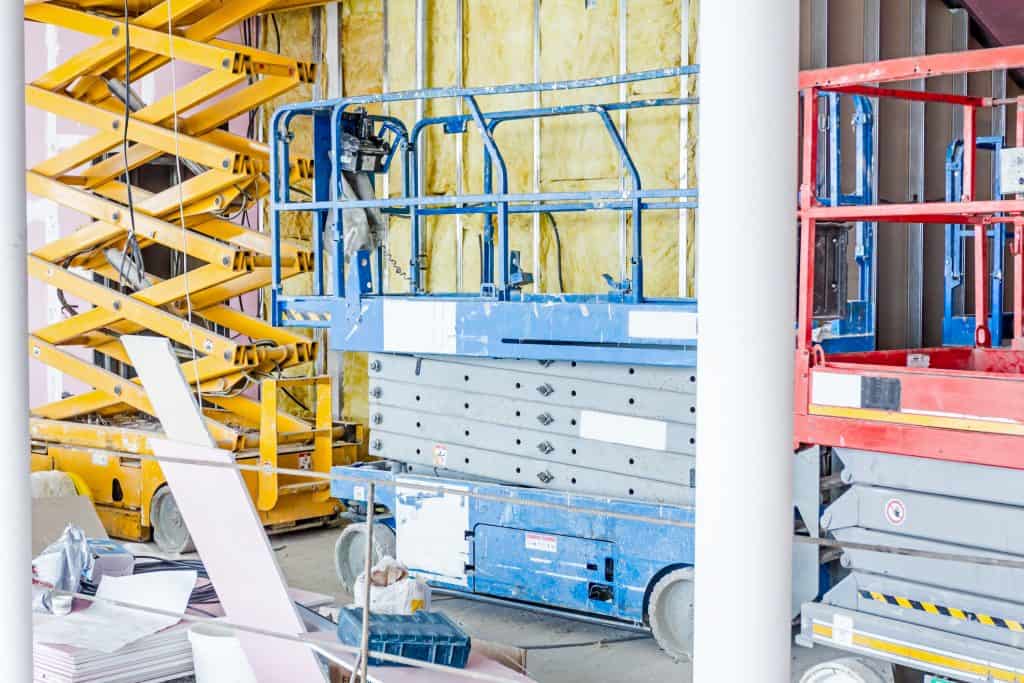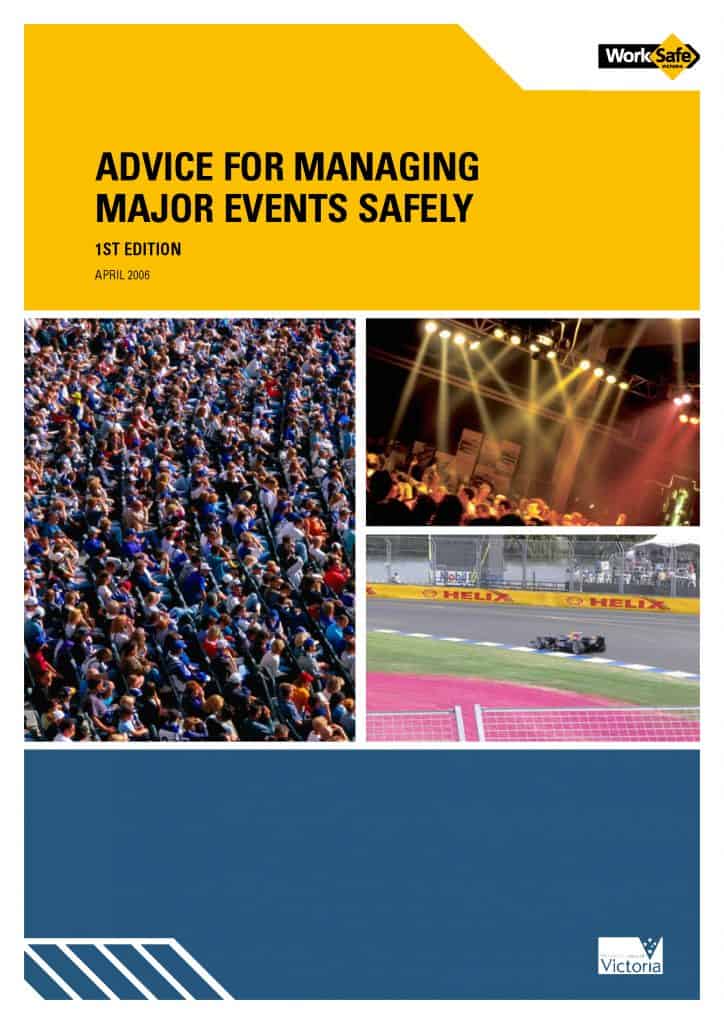
Discussions about the work-related risks of glyphosate exposure have calmed down until the next court case but it is useful to remember that there have been battles in the past about exposure to agricultural chemicals. Questions in the Western Australian Parliament on 13 June 2019, illustrate the situation in relation to one chemical – 2, 4, 5-T (2,4,5-Trichlorophenoxyacetic acid), a component of the wartime defoliant, Agent Orange.






